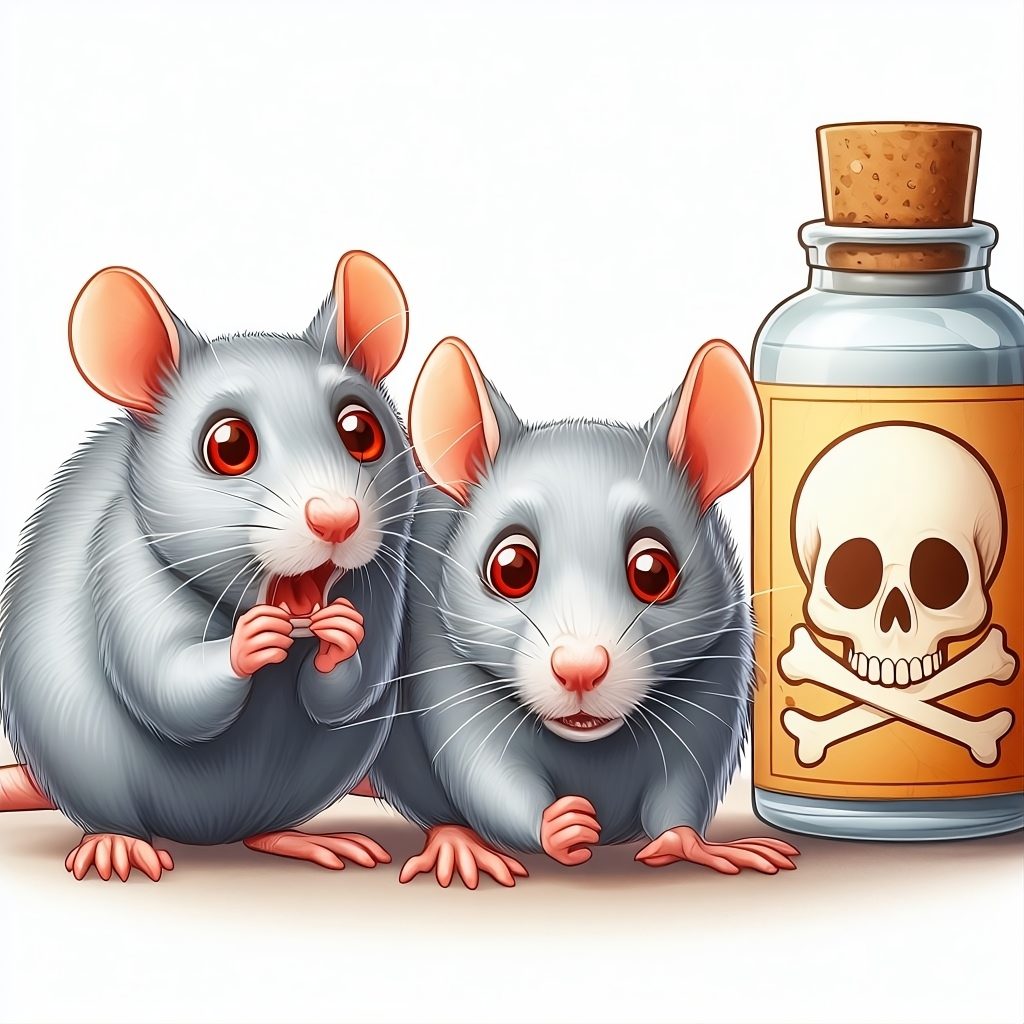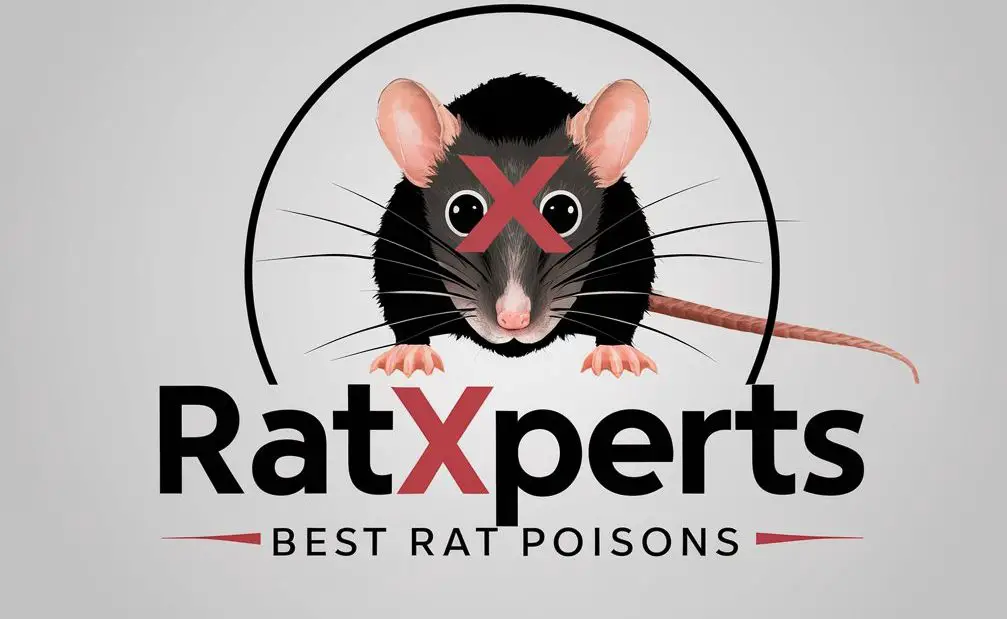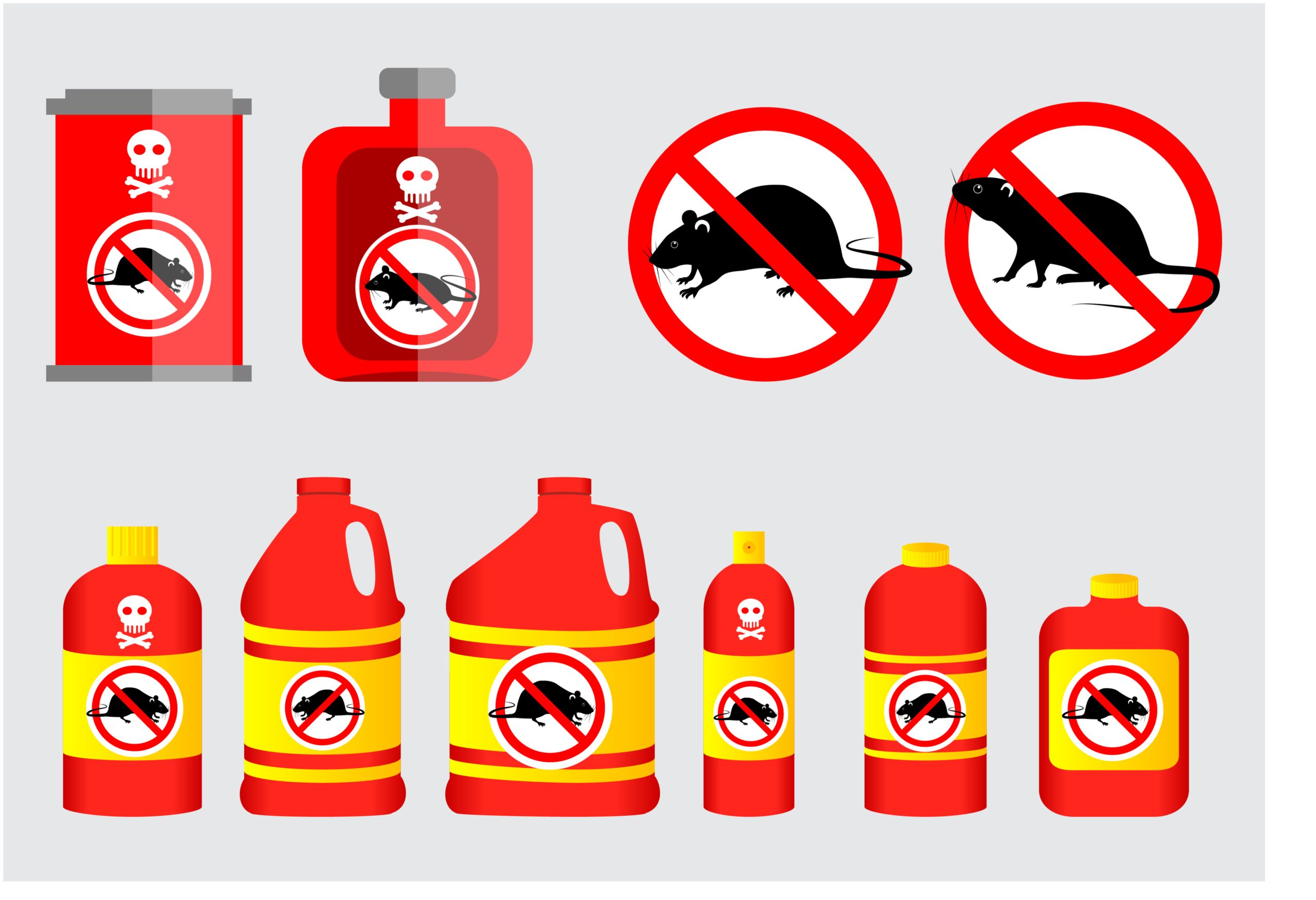In this post, we will discuss the various types of rat poison available, safety precautions to take when using it, effective techniques for rat poisoning, monitoring and assessing control methods, common mistakes to avoid, and alternatives to chemical rat poisons. So, let’s dive in and learn more about killing rats with poison.
Choosing the Right Poison for Rat Control
When it comes to rat control, choosing the right poison is crucial for effective eradication. There are different types of poisons available for rat control, each with its own pros and cons. Consider the following factors when selecting a rat poison:
Type of poison: There are anticoagulant poisons, acute toxins, and non-toxic poisons to choose from. Anticoagulant poisons, such as brodifacoum and bromadiolone, work by preventing blood clotting and eventually causing death. Acute toxins, like bromethalin, act on the nervous system and lead to rat mortality. Non-toxic poisons, like antifeedants, deter rats from consuming certain substances.

Effectiveness: Consider the effectiveness of the poison in controlling rat populations. Look for poisons that have a proven track record and are known to be highly efficient in eradicating rats.
Safety: Safety is paramount when using rat poison. It is important to choose poisons that are not harmful to humans and pets. Look for products that have been approved for rodent control and follow the instructions and safety guidelines provided.
Environmental impact: Consider the potential environmental impact of the poison. Look for rat poisons that are designed to have minimal impact on non-target species and the ecosystem.
Safety Precautions for Using Rat Poison
When using rat poison for rat control, it is important to take the following safety precautions:
Importance of wearing protective gloves and clothing: Always wear gloves and protective clothing when handling rat poison to avoid direct contact. This will help prevent skin irritation and potential poisoning.
Proper storage and handling of rat poison: Store rat poison in a secure location, out of reach of children and pets. Ensure that the packaging is sealed properly to prevent accidental ingestion.Preventing access to rat poison by children and pets. Place rat poison in areas that are inaccessible to children and pets. Consider using bait stations that are tamper-resistant to protect your loved ones from accidental exposure.
Effective Rat Poisoning Techniques: When it comes to effectively killing rats with poison, employing the right techniques is essential. Here are some proven methods:
1. Placing poison in areas frequented by rats: Rats tend to travel along specific paths or areas within your property. Identify these areas, such as near garbage cans, in dark corners, or along walls, and strategically place the poison there. This increases the likelihood of rats coming into contact with the poison.
2. Using bait stations for targeted poison delivery: Bait stations provide a controlled and secure environment for delivering poison. Rats are attracted to the bait and enter the station, consuming the poison safely inside. Bait stations also protect against accidental exposure to children or pets.
3. Rotating different types of poison for better results: Rats can develop immunity or resistance to certain types of poison over time. To prevent this, rotate between different types of poison to maintain their effectiveness. Consult with a professional pest control expert to determine the appropriate rotation schedule for your specific situation.
4. How Rat Poison Works to Kill Rats:
Let’s start with the basics. Rat poison is designed to be irresistible to those pesky critters, but what makes it so enticing? One of the main ingredients is something called anticoagulants. Now, don’t let the fancy name fool you – these are substances that mess with the blood clotting process. Imagine your blood flowing freely, like a river on a sunny day, but then suddenly, it turns into a raging torrent, unable to find its calm. That’s what happens when rats ingest these anticoagulants. Their blood becomes thin and uncontrollable, leading to internal bleeding and eventually, a slow and painful death.
Rat poison also contains something called bromethalin. It’s a neurotoxin that attacks the central nervous system, wreaking havoc on the rat’s brain. Think of it like a storm brewing inside their tiny heads, with lightning bolts of pain and confusion. Their coordination becomes a jumbled mess, their senses dulled, and their movements erratic. It’s like they’re trapped in a never-ending nightmare, unable to escape the torment.
Remember, always follow the instructions provided by the manufacturer and use caution when handling and applying rat poison. Safety should be your top priority throughout the process.
Monitoring and Assessing Rat Infestation Control:
Proper monitoring and assessment are crucial for effective rat infestation control. By regularly checking for signs of rat activity and evaluating the effectiveness of your poisoning methods, you can make necessary adjustments to ensure success.
Regularly checking for rat activity and signs of infestation: Keep a close eye on areas where rats are commonly found, such as kitchens, storage spaces, and garbage areas. Look for signs like droppings, chew marks, gnawed wires or structures, and nests. It’s important to act swiftly if you notice any indications of rat presence.
Tracking the effectiveness of rat poisoning methods: Document and track the results of your rat poisoning efforts. Keep records of when and where the poison was placed, the type of poison used, and any observed rat activity. This will help you identify patterns and determine which methods yield the best results.
Modifying control strategies based on assessment results: Based on your monitoring and assessment, make necessary adjustments to your rat control strategies. If you notice that certain areas are still experiencing high rat activity despite the use of poison, consider placing more poison or switching to a different type. Reviewing your assessment results regularly will guide your decisions for effective rat control.

Conclusion:
Monitoring and assessing rat infestation control is crucial for the success of your rodent control efforts. By keeping a close eye on rat activity, tracking the effectiveness of your poisoning methods, and making necessary adjustments, you can effectively eliminate rat infestations and maintain a pest-free environment.
Common Mistakes to Avoid When Killing Rats with Poison:
When using rat poison for rodent control, it’s important to avoid these common mistakes to ensure success and minimize risks:
Using too much poison: Overdosing on rat poison can lead to secondary poisonings in non-target animals, such as pets or wildlife. It’s crucial to follow the dosage instructions precisely and avoid excessive use of poison.
Neglecting to address the root cause of rat infestation: Killing rats with poison alone is not a long-term solution. It’s essential to identify and address the factors that attract rats to your property, such as food sources or entry points. Otherwise, the infestation may reoccur even after successful rat control.
Failing to follow up with proper sanitation measures: Rat infestations often result from poor sanitation practices. Simply poisoning rats without implementing proper hygiene measures, like removing food and water sources or sealing entry points, may not provide effective control. Maintaining a clean environment is paramount for sustained rat control. By avoiding these mistakes, you can improve the efficiency and effectiveness of your rat poisoning efforts and achieve long-lasting results in rat control.

